Hundertwasser
Friedensreich Hundertwasser became one of the best-known contemporary Austrian artists, although controversial by the end of the 20th century. His is one of the most important contributions in the art history of post-war modernism.
Born Friedensreich Stowasser in Austria in 1928 to a Jewish mother, Elsa, and a Catholic father, Ernst, 1930s and 40s Vienna was a dangerous environment and the family passed themselves off as Christian. In 1943, 69 members of his mother’s family were arrested and killed.
His artistic eye was evident from a young age and he began to study art in Vienna at the Academy of Fine Arts. Inspired by the art of the Vienna Secession and Austrian painters such as Gustv Klimt, his style is also suggestive of the work of Antonio Gaudi.
He began to travel, developing graphic design skills by designing flags and stamps for various countries before turning to architecture in the 1950s. In architecture, he explored buildings that were environmentally friendly and ergonomic.
As an important member of the international avant-garde in Paris in the 1950s, he developed his unique visual language. One of the central motifs of his colourful picture world is the spiral. Certainly, he preferred irregular forms and incorporated natural features where he could, rejecting the straight line and the rectangular architecture common to the period.
He bought a farm in Normandy, marrying there in the late 50s, and again in the mid 60s, when he moved back to Austria. Neither relationship lasted more than a few years.
By the time he came to New Zealand in the 1970s, his name now changed to Hundertwasser, he was already an internationally famous artist. He purchased a 372ha property in the Bay of Islands. He built an environmentally friendly home on it; started living self-sufficiently; experimented with solar panels, biological water purification, and tried out his first grass roof. He planted some 60,000 native trees, where he thrived in the greenness of his surroundings. He acquired New Zealand citizenship in 1988.
A 1973 exhibition of his works, characterised by their exuberant colour and spiralling and curvilinear shapes, was spectacularly successful here. Subsequently his koru or fern-frond derived design for a proposed new New Zealand flag, the highly ornate public toilet in Kawakawa, and his environmentalist activism attracted more attention here than his painting.
If today Hundertwasser is considered one of the most popular European artists of our time, his graphic work has made a great contribution. His goal in the art of graphics was to create variations within one edition, with the result that each sheet of an edition is unique, different in colour and design from all others.
Hundertwasser founded a new school of modern painting, known as Transautomatism which asserts that straight lines are 'godless and immoral'. His view was that “as humans we have lost our connection to the organic geometry of nature by forcing ourselves to exist in boxes as homes. He believed in the fluidity of line and shape hence his architectural and painting style. Being educated in a Montessori school his self-directed learning came from nature and therefore his drive to return to colour and organic states”. (1)
Hundertwasser in his studio as a young man
Hundertwasserhaus Magdeburg, Germany
Interior of Hundertwasser building in Rorschach
Hundertwasser's vision was that of a more human architecture, in harmony with nature and from his belief in the power of nature came a visionary ecological commitment. At the centre of his ecological activities were tree planting and greening campaigns, the restoration of natural cycles, the protection of water and the fight for a waste-free society.
He disseminated his socio-critical and ecological positions with manifestos, letters, speeches and public demonstrations in which he criticized the pure functionality of all areas of life, the uninhibited growth doctrine and the adaptation to social conformism.
He died in 2000 at the age of 71. His architecture adorns many incredible buildings throughout Europe. Until recently, his most famous legacy to New Zealand were the public toilets in Kawakawa which are a popular tourist destination. More recently, fundraising teams led first by Prosper Northland Trust and now Whangarei Art Museum, raised money for the Hundertwasser Art Centre with Wairau Maori Art Gallery. Funded by government, as well as private and public charities, businesses, personal donations and sales, the Centre opened on 20 February 2022.
The newly opened Hundertwasser Art Centre in Whangarei
The influences of Gaudi are apparent in Hundertwasser’s architecture
A new look for the Whangarei basin
Familiar terracotta tiles mixed with coloured glaze is a hallmark of Hundertwasser’s work
The opening exhibition is based on Hundertwasser’s work in New Zealand from 1973 until his death in 2000, which have been curated by the Hundertwasser Foundation in Vienna. The exhibition includes original paintings, graphic works, tapestries, applied art, original posters and architectural models. Booking is advised.
(1) https://en.wikipedia.org/wiki/Transautomatism. Retrieved 18 April 2021.
© Jewish Lives 2021











